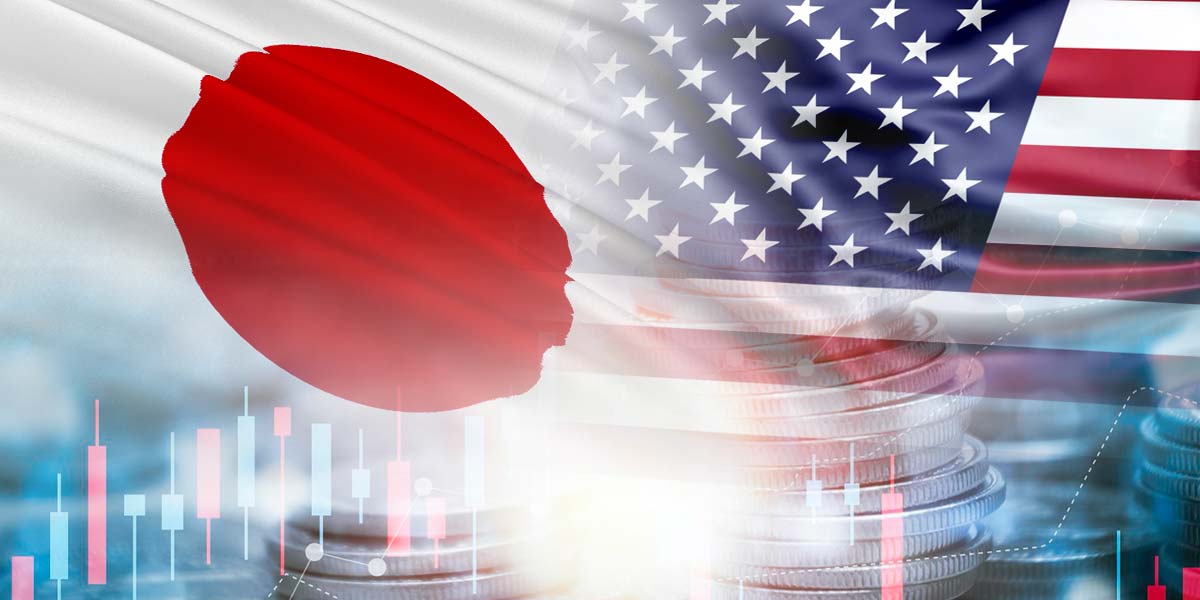U.S. President Donald Trump formalized a trade agreement with Japan by signing an executive order on Thursday, introducing a 15% baseline tariff on most Japanese imports, including automobiles. This accord was the culmination of extended negotiations that began months earlier and concluded with both countries settling final terms over several weeks.
Under the pact, Japan committed to invest $550 billion in U.S.-selected projects and step up its purchases of American agricultural products like corn and soybeans, along with U.S.-manufactured commercial aircraft and defense equipment.
The agreement also stipulates enhanced access to Japanese markets in sectors such as manufacturing, aerospace, agriculture, and autos, reflecting a significant expansion in cooperation between the two countries. Earlier negotiation drafts outlined Japan’s plan to buy 100 Boeing planes, boost U.S. rice imports by 75%, and acquire $8 billion worth of American agricultural produce.
Nearly all Japanese goods entering the U.S. will face a 15% baseline import duty, with tariffs on Japanese autos also set to be toned down from the current 27.5% to 15%. Meanwhile, some sector-specific duties such as aerospace products, generic pharmaceutical goods and natural resources are subject to separate rates.
A Reuters report noted that the new 15% rate will not be added on top of existing higher tariffs for certain goods like beef, and items with tariffs below 15% will be adjusted up to the new rate. Commercial airplanes and their parts are exempt from tariffs under this agreement.
This executive order also stipulates that Japan will not be targeted by additional, country-specific tariffs. The revised tariff conditions will be applied retroactively to qualifying Japanese goods imported or withdrawn for consumption from August 7, 2025, with automobile tariff adjustments starting seven days later.
Trump’s broader move to impose tariffs globally has had notable repercussions on international supply chains, particularly impacting Japan’s large auto industry. Earlier, Toyota indicated that it might lose close to $10 billion due to dampened U.S. sales from these tariffs, prompting a 16% reduction in its projected annual operating profits. Other manufacturers such as Ford and GM have also warned of multibillion-dollar profit hits under the new regime.
Meanwhile, Japan’s chief trade envoy, Ryosei Akazawa, was in Washington to hand-deliver an invitation from Japanese Prime Minister Shigeru Ishiba, asking Trump to visit Japan. Akazawa had previously postponed his U.S. trip citing unresolved technical issues that required further negotiation between both sides.
Japan’s Prime Minister Ishiba is under mounting pressure after the ruling LDP’s poor upper house election showing, attributed to unpopular inflation policies, scandals, and weak youth turnout. Several key party members are reportedly offering to resign, while calls for new leadership grow.
Analysts expect a leadership vote next week, with Ishiba seen as unlikely to survive, giving him a 60% chance of losing his position or possibly stepping down before the vote.





